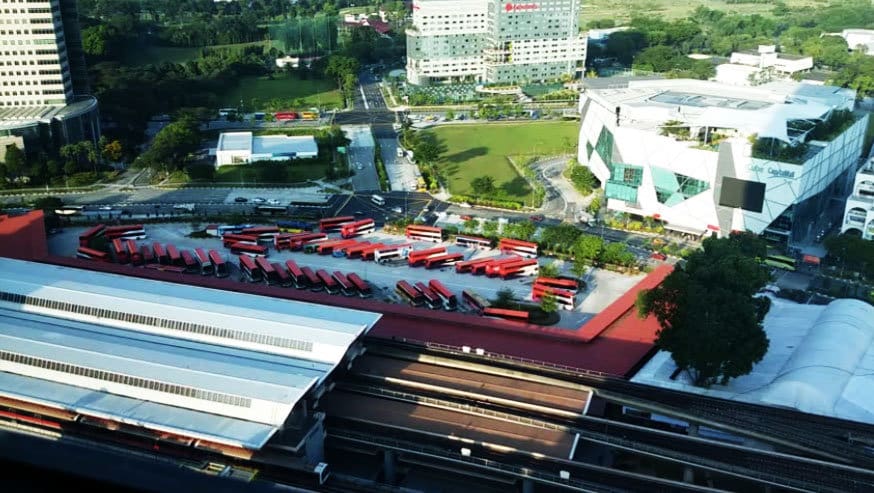
The Transformation of Jurong, and How it Transformed Singapore – Part 1
Jurong has often been at the forefront of change in Singapore’s history, and though at one stage it may have looked like it would be left behind with the shift in the nation’s focus away from heavy industry, once again the western district is set to play a leading part in the island’s fortunes.
Though it had some industry before the 1960’s – predominantly in the form of brickworks, some of which survive today – it was the advent of the new government’s policy to make Singapore an industrial force in the region that cemented Jurong’s reputation. As a result, it became one of the first self-sufficient regions on the island, a policy that has gone from strength to strength ever since, transforming a number of other towns and regions. The Economic and Development Board (EDB) was set up in 1961 with the specific purpose to create the Jurong industrial area, and building started the same year. Initial doubts to the project’s success proved unfounded as 24 factories were established by the end of 1963. Two years later, Jurong Port became operational. By 1976 the number of factories in operation had risen to 650, and the EBD had made good on its promise of building a self-sufficient district, bringing among other things, an extensive transport network, wet markets, food centres, community centres, shopping malls, schools and places of worship.
The development and innovation didn’t stop there though. 1992 saw the creation of the International Business Park, Singapore’s first business park and construction of Jurong Island was begun at the same time to house chemical and petrochemical industries. Made by the joining of seven smaller islands or islets, and linked to the mainland by a causeway, the first plants opened in the late 1990’s.
Such was the success of the development, both in terms of the industrialisation and the jobs created, but also of the surrounding amenities and infrastructure, that by the turn of the century there was an influx of private residential housing projects. Jurong was increasingly seen as a place to live and work, and Jurong Town Council helped to fan the flames of success with a five year masterplan. Launched in 2006, it upgraded many existing establishments and institutions, as well as paving the way for the building of Ng Teng Fong General and Jurong Community Hospitals.
Despite all of this change, innovation and development, probably the biggest signal of intent, and the one thing that is likely to have the biggest impact on the area so far, was the announcement in 2008 to create the Jurong Lake District. Occupying an area of 360 hectares, and consisting of two distinct regions – Jurong Gateway and Jurong Lakeside, it will be the biggest commercial hub on the island. By completion (scheduled to be around 2020), it will be the island’s second CBD, and a truly unique lakeside destination for commercial and leisure interests alike.
New launch condo in Jurong
New launches in the West
Coming Soon
Current hot launches
